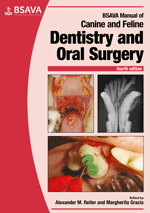
Full text loading...

This chapter describes the diagnosis and treatment of a range of inflammatory conditions of the oral mucosa, jaws, masticatory muscles and salivary glands. Prevalence and clinical signs, aetiology, diagnostic evaluation and differential diagnosis, treatment and prognosis of specific conditions are considered in depth.
Management of selected non-periodontal inflammatory, infectious and reactive conditions, Page 1 of 1
< Previous page | Next page > /docserver/preview/fulltext/10.22233/9781905319602/9781905319602.8-1.gif

Full text loading...




























